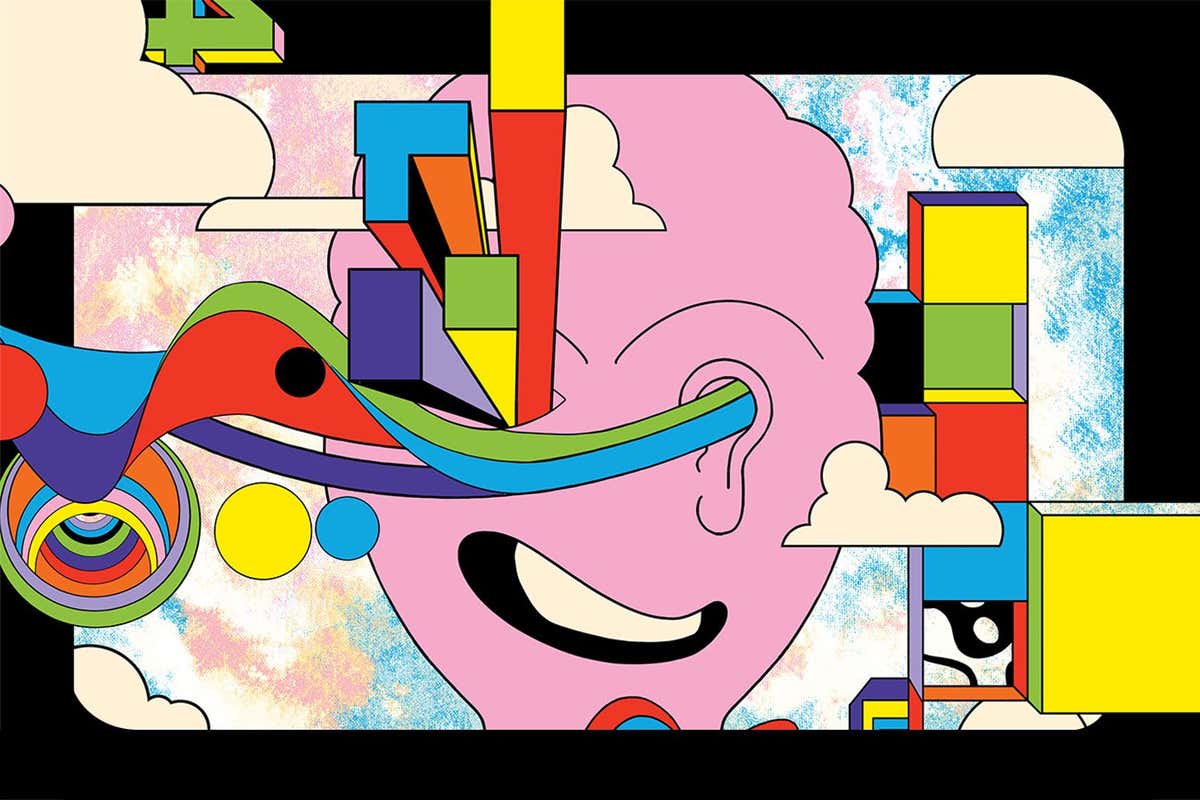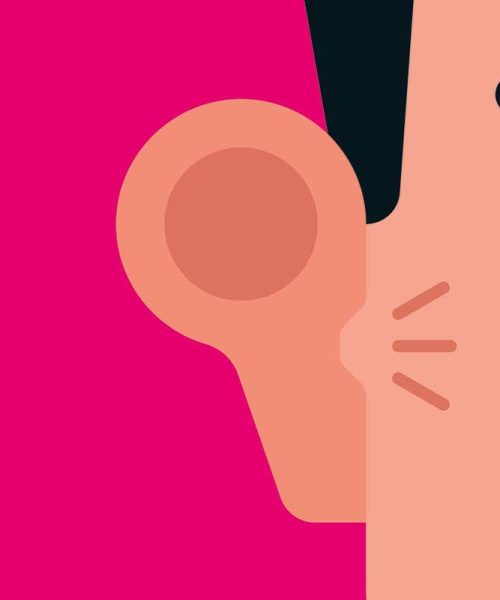
Sharmelan Murugiah
WHAT colour is the letter A? It is a question Nicholas Root often asks the volunteers he has recruited for his research. Most give him the same response. “They say the task is stupid and that letters don’t have a colour,” says Root.
But they do for people with letter-colour synaesthesia, in which letters and words are associated with particular colours. That includes Jennifer Mankin, now a synaesthesia researcher herself, who recalls confusing her schoolmates in her teens by saying one of them had an orange name. “It became clear to me, in that moment, that my perception of the world was fundamentally different than most other people,” she says.
Scientists have known about synaesthesia for more than 200 years, but for much of that time it has been unclear why some people blend sensory information – why they associate words with flavours or sounds with textures, for example. These days, there is a consensus that some forms of synaesthesia, particularly letter-colour synaesthesia, are closely tied with learning. The revelation is pushing researchers like Mankin to go beyond asking why synaesthesia exists and explore what it reveals about how the brain functions.
This work has already shown how culture influences the way we learn and how our thinking is shaped in different ways depending on which language we speak and write. The latest discoveries may prove even more significant: we have seen tantalising signs that many people without synaesthesia unknowingly blend sensory information, which suggests that what we are learning about the trait might even tell us something more far-reaching about human consciousness.





